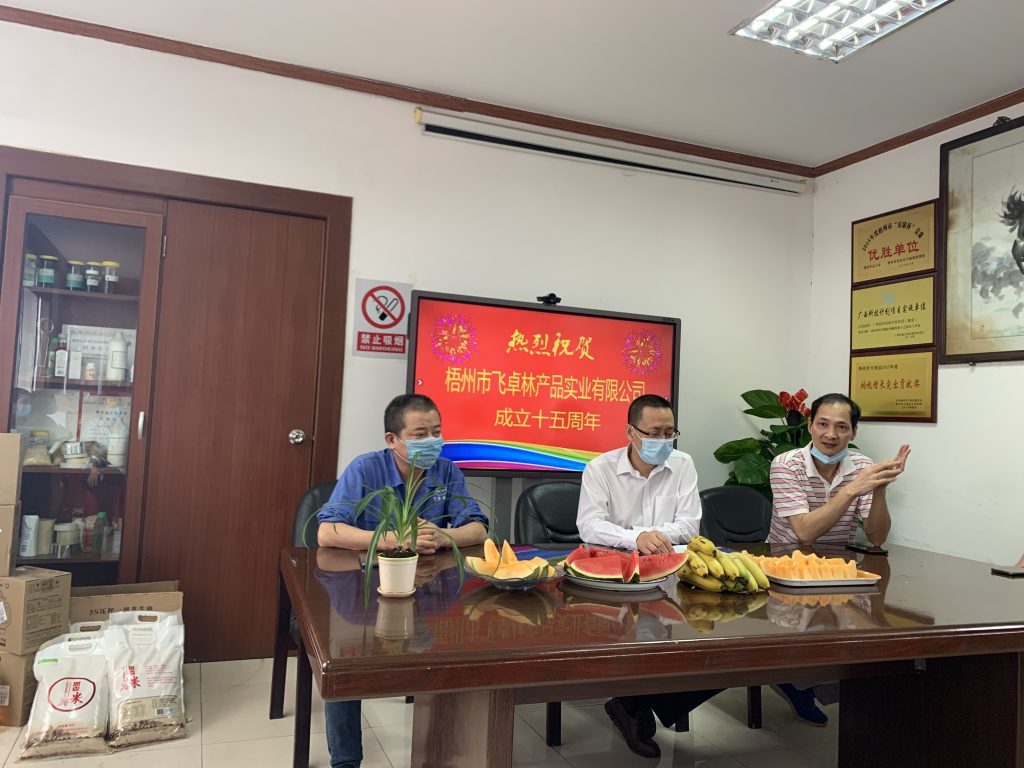The development of anhydrous offset printing ink needs to improve rosin modified phenolic resin
It has been 25 years since the waterless offset plate was published by the American 3m company, and the Japanese Toray company launched the "Toray No Level Edition".
Compared with the first and second generation, the third generation of water-free offset printing has used low-viscosity water-free offset printing ink. In addition, the printed matter is no longer a thick ink film printing, but a thin ink film printing like ordinary offset printing, and other printing operations and stackability are also basically the same as ordinary offset printing. The improvement of sheet-fed and web printing machines in improving printing speed and automation is endless, but the impact of printing speed on printing suitability is far beyond the expectations of printing machine designers, especially on ink transfer.
Due to the improvement of matt coated paper and recycled paper and the increase of the amount of paper, in order to improve the production efficiency, the printing speed has been continuously improved, followed by the occurrence of paper fuzzing and printing plate inking. Waterless offset printing does not use a fountain solution. Compared with water offset printing, the viscosity of the ink on the paper is higher, and it is more prone to galling and ink stacking. Therefore, the low viscosity and high fluidity of the ink are the key to the innovation of the ink technology.
The use of high molecular and high solubility new resin plays an effective role in obtaining low viscosity and high fluidity inks, which can be crosslinked with low viscosity resin without damaging the fluidity. In the process of resin cross-linking, a network structure will be formed between the polymers, and the internal cohesion will increase, resulting in greater viscosity. If the aluminum chelate gelling agent is used, the fluidity of the ink will be lost. Therefore, a heating polymerization resin composed of rosin modified phenolic resin and oligomer with long molecular chain was proposed to make the resin polymer quantitative and plastic, so as to obtain low viscosity resin binder.
Aniline point has a great impact on the performance of ink. For example, if the original resin is used to produce ink without aromatic solvent, the solvent in the ink is easy to separate, resulting in faster ink fixation speed, poor fluidity, poor transfer property, and paper roughening due to improved adhesion, and other failures, resulting in reduced gloss of printed matter.
Therefore, it is necessary to improve the solubility of the binder made of resin, solvent, dry oil, etc. in the anhydrous offset ink without aromatic solvent to compensate for the solubility of solvent. In order to improve the solubility of the binder, high solubility solvent or alkyd resin can be used to improve it. However, the balance between viscosity and viscosity is difficult to maintain, resulting in delayed solidification of the ink on the machine and reduced drying speed.
Therefore, it is necessary to improve the rosin modified phenolic resin in the ink composition. For the anhydrous ink without aromatic solvent, due to the decrease of the solubility of the resin, the resin with high elasticity is more suitable from the perspective of controlling the increase of viscosity and preventing dirt. Generally, once the solubility of the resin is improved, the molecular weight and elasticity of the resin will decrease. However, after repeated tests on the composition ratio of rosin and phenolic aldehyde, the type of phenolic aldehyde, the degree of polymerization, the reaction conditions and the synthesis method, the resin with equal viscosity and viscosity has finally been developed.




